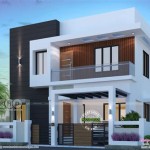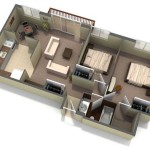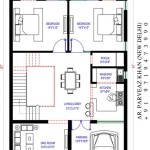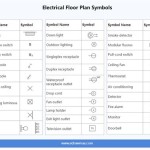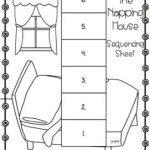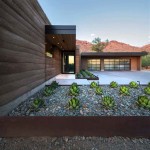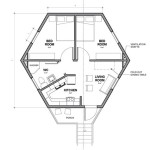Essential Considerations for Mountain House Plans Architectural Designs
Designing a mountain house is a unique and exciting undertaking that requires careful planning and attention to detail. Whether you're seeking a cozy retreat or a grand alpine estate, understanding the essential aspects of mountain house plans is crucial to ensuring your dream home seamlessly blends with its rugged surroundings.
1. Climate and Weather Conditions
Mountain climates are often characterized by extreme weather conditions, including heavy snowfall, high winds, and fluctuating temperatures. When designing your mountain house, it's paramount to consider these factors and incorporate design elements that protect the structure and ensure comfort year-round.
Steep roofs with wide overhangs provide ample protection from snow and rain, while double-glazed windows and insulated walls minimize heat loss during cold winters. Additionally, consider incorporating windbreaks and snow fences to shield the property from strong winds.
2. Topography and Site Orientation
The topography of the mountain site plays a significant role in shaping the architectural design. Steep slopes may necessitate terraced construction or innovative foundation systems. Proper site orientation can maximize natural light, capture stunning views, and minimize exposure to harsh weather conditions.
For instance, a south-facing orientation allows for ample sunlight during winter months, reducing heating costs. Consider the views from different perspectives and position the main living areas to take advantage of the most desirable scenery.
3. Materials and Construction Methods
The choice of materials and construction methods should align with the mountain environment and the specific design requirements. Durable materials such as stone, timber, and metal can withstand the rigors of mountain weather.
Post-and-beam construction offers flexibility in design and can accommodate steep terrain. Log homes provide a cozy and rustic aesthetic, while modern materials like steel and glass introduce contemporary elements.
4. Energy Efficiency and Sustainability
Energy efficiency is a critical consideration for mountain homes, as they often rely on alternative energy sources. Passive solar design, geothermal heating, and renewable energy systems can minimize energy consumption and reduce environmental impact.
Incorporating energy-efficient appliances, lighting fixtures, and building materials can further contribute to a sustainable and cost-effective home.
5. Aesthetics and Ambiance
Beyond functionality, the architectural design of a mountain house should capture the essence of the surrounding environment. Natural textures, warm colors, and cozy interior spaces create a welcoming and inviting atmosphere.
Large windows frame breathtaking views, while fireplaces and built-in seating encourage relaxation and connection with nature. The integration of local materials and traditional architectural details adds a touch of authenticity to the design.
6. Adaptability and Expansion
Mountain homes are often designed for multiple generations and evolving family dynamics. Consider the future potential for expansion or reconfiguration of the living space.
Open floor plans, modular designs, and generous storage areas allow for flexibility as needs change. Multi-purpose rooms and outdoor living spaces can accommodate a range of activities and gatherings.
7. Outdoor Living and Connectivity
The connection between indoor and outdoor spaces is crucial in mountain house designs. Decks, patios, and balconies extend the living area beyond the walls, providing opportunities for outdoor relaxation and entertaining.
Large windows and sliding doors blur the boundary between inside and out, bringing the beauty of nature into the home. Fire pits, hot tubs, and outdoor kitchens enhance the outdoor living experience.
Conclusion
Designing a mountain house plan involves a careful balance of functionality, aesthetics, and environmental considerations. By understanding the essential aspects outlined above, you can create a home that not only meets your practical needs but also captures the spirit of the mountain environment.
From selecting durable materials to incorporating energy-efficient features, and designing for adaptability and connectivity, every element of your mountain house plan should reflect the unique beauty and challenges of its surroundings.

Plan 18288be Rugged Mountain House With Options Plans Home Design

Plan 95057rw Spacious Mountain House With Beautiful Rear Views Lake Plans Craftsman

Plan 23610jd High End Mountain House With Bunkroom Craftsman Plans Rustic

Mountain House In Mist Shulin Architectural Design Archdaily

Mountain House Plans Modern The Designers

Plan 12955kn Rugged Mountain House With Huge Screened Porch Plans Craftsman

Plan 70598mk Contemporary Mountain Home With Ample Outdoor Living Country House Plans

Small Mountain House Plans Houseplans Blog Com

House Plans Home Floor Architecturalhouseplans Com

Splendid Mountain Home Plan 24111bg Architectural Designs House Plans

